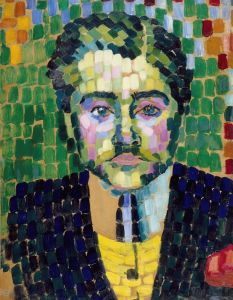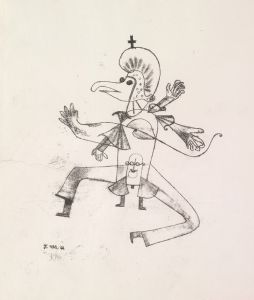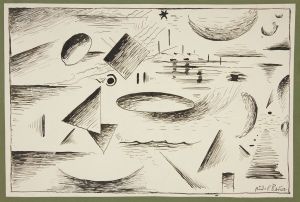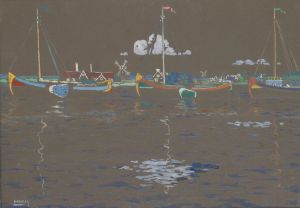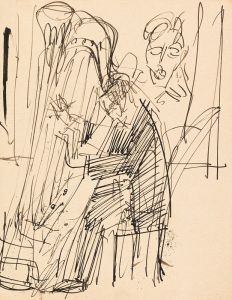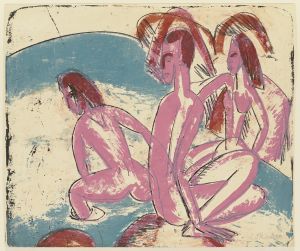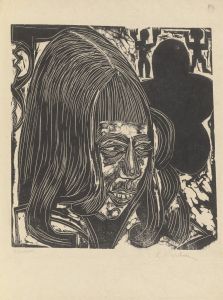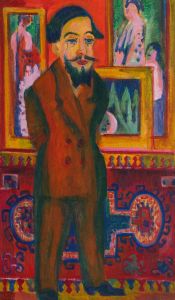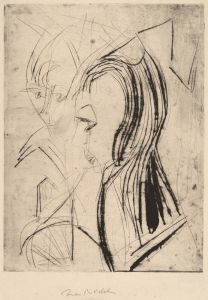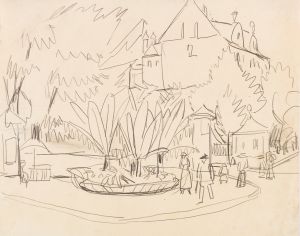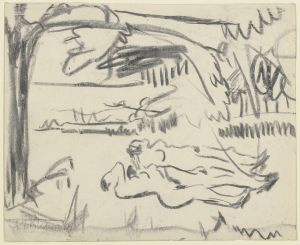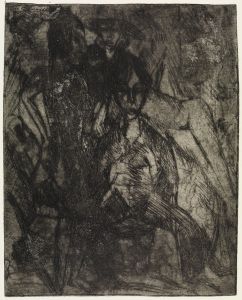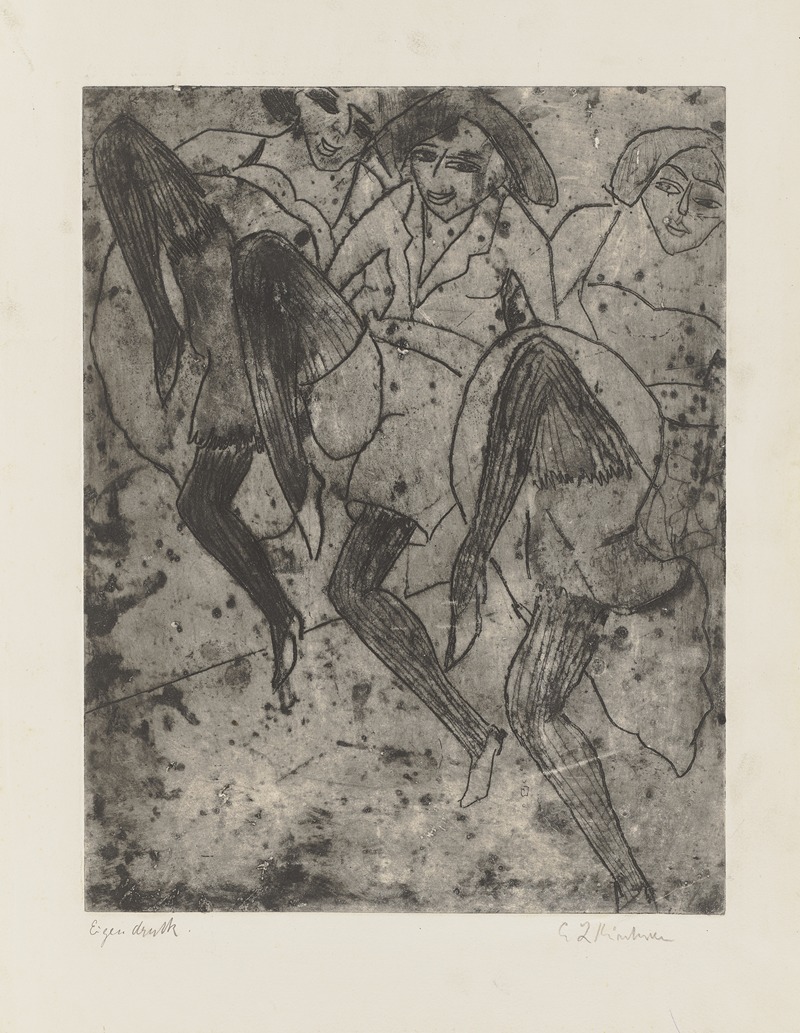
Hamburger Tänzerinnen
A hand-painted replica of Ernst Ludwig Kirchner’s masterpiece Hamburger Tänzerinnen, meticulously crafted by professional artists to capture the true essence of the original. Each piece is created with museum-quality canvas and rare mineral pigments, carefully painted by experienced artists with delicate brushstrokes and rich, layered colors to perfectly recreate the texture of the original artwork. Unlike machine-printed reproductions, this hand-painted version brings the painting to life, infused with the artist’s emotions and skill in every stroke. Whether for personal collection or home decoration, it instantly elevates the artistic atmosphere of any space.
"Hamburger Tänzerinnen" (English: "Hamburg Dancers") is a painting by the German expressionist artist Ernst Ludwig Kirchner, created in 1912. Kirchner was a leading figure in the German Expressionist movement and a founding member of the artist group Die Brücke (The Bridge), which played a crucial role in the development of modern art in the early 20th century. The painting exemplifies Kirchner's distinctive style, characterized by bold colors, dynamic compositions, and a focus on the human figure.
The artwork depicts a group of dancers, capturing the vibrant and energetic atmosphere of a dance performance. Kirchner's use of vivid colors and expressive brushstrokes conveys a sense of movement and emotion, which are hallmarks of the Expressionist style. The figures in the painting are elongated and stylized, reflecting Kirchner's interest in non-Western art forms and his desire to break away from traditional European artistic conventions.
Kirchner's work often explored themes of modernity and urban life, and "Hamburger Tänzerinnen" is no exception. The painting reflects the cultural dynamism of early 20th-century Germany, a period marked by rapid industrialization and social change. Dance, as a subject, allowed Kirchner to explore the intersection of movement, emotion, and modernity, capturing the spirit of the times.
The painting is also notable for its composition, which draws the viewer's eye across the canvas, emphasizing the fluidity and rhythm of the dancers' movements. Kirchner's use of color is particularly striking, with contrasting hues that create a sense of depth and intensity. This approach to color and form is typical of Kirchner's work during this period, as he sought to express the inner emotional reality of his subjects rather than their external appearance.
Ernst Ludwig Kirchner's career was deeply affected by the historical events of his time. The outbreak of World War I and his subsequent military service had a profound impact on his mental health, leading to a period of personal and artistic crisis. Despite these challenges, Kirchner continued to produce significant works throughout his life, although his later years were marked by declining health and financial difficulties.
"Hamburger Tänzerinnen" is housed in the collection of the Hamburger Kunsthalle, a major art museum in Hamburg, Germany. The painting is an important example of Kirchner's contribution to the Expressionist movement and his exploration of modern life through art. It remains a significant work within the context of early 20th-century art, illustrating the innovative approaches to form and color that defined Kirchner's oeuvre.
The painting continues to be studied and appreciated for its artistic and historical significance, offering insight into the cultural and social dynamics of the period in which it was created. Kirchner's ability to capture the essence of his subjects through expressive means has ensured his place as a pivotal figure in the history of modern art.





